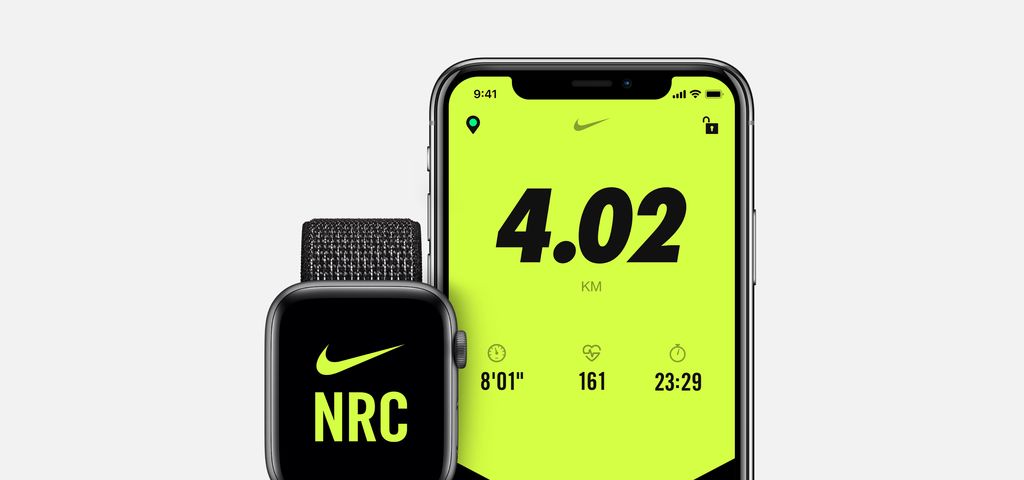How to enjoy running solo

Due to the escalating COVID-19 crisis, Federal and state governments have placed restrictions on group gatherings and urged Australians to practice social distancing. These measures have seen most community-based running crews proactively pause their regular meet-ups because they consider the safety of their members more important than any running streak.
This means runners are having to learn to run solo, which can be a daunting prospect when you’re used to running with other people. Even the world’s fastest marathoner, Eliud Kipchoge revealed he was still getting used to running alone after his training camp shut down due to the coronavirus crisis.
I’ve always been a solo runner. While I love meeting friends to go for a run, being a parent of a busy toddler and working full time, means 100 per cent of my training is done on my own. I’m envious of runners who get to train with others on the track or trails, but out of necessity, I’ve come to enjoy the solitude of lone runs. As an experienced unescorted runner, here are my tips for learning to run by yourself.

Humans have long stigmatised solitude. It has been considered as antisocial, something to avoid or punishment. But remind yourself that seeking solitude can be quite healthy. In fact, there are many physical and psychological benefits of spending time alone. Research has shown that solitude increases empathy, creativity and productivity. Furthermore, studies have shown the ability to tolerate alone time has been linked to increased happiness, improved mental toughness, better life satisfaction, and improved stress management.
Link up virtually
Stay connected with the running community by tapping into some of the great free apps. Find friends on the leading app for runners Strava and encourage or challenge them – depending on your mood. Or if you’re looking for something that offers more support, then check out the free Nike Run Club App. This one-stop-shop app tracks your runs, dishes out coaching that adapts to you and lets you bring your friends along for the ride. Through a neat collaboration with Headspace, it even offers runners a mindfulness workout – perfect for those long runs.
Turn up the volume
Research shows that a good playlist can help make workouts feel less challenging, reduce fatigue, and increase athletic performance by affecting both heart rate and brain waves. The reason is that music activates parts of the brain that control emotions like pleasure.
If you don’t like the serenity of silence when you’re running, then get yourself a pair of true-wireless running headphones to listen to your favourite music or podcast. According to a 2019 study, upbeat music can give you the motivation to tackle high-intensity workouts, such as Fartlek or interval training runs. Researchers found that when the participants listened to the upbeat, motivational music, their heart rates and peak power output were both higher than when they listened to a podcast or no audio at all.
Need new headphones to maxmise your listening enjoyment? Check out the Jaybird Vista, Powerbeats Pro or AirPods Pro – all are true-wireless running headphones and feature secure-fit earbuds for added comfort and stability and great battery life.
As governments continue to announce tougher restrictions to slow the spread of COVID-19, it’s fair to assume that you’re going to be running on your own for a while. To alleviate the monotony of training, run in a different direction. This can be running anti-clockwise, taking a totally different route, driving to a new area and running from there or heading for the trails.
Fine-tune your form
It’s hard to focus on improving your running form and breathing techniques while chatting to mates or pushing hard to keep pace with the pack. Solo runs are an opportunity to tune into your running form and focus on making small adjustments to improve your running efficiency and overall performance.
Get help
If you’re struggling to ‘show up’ for your runs, then seek help from a virtual running coach. Each runner gets something different from their coach, but the main ways coaches help runners to achieve their goals is through more accountability; providing better planning and structure to workouts; sharing the burden and stress of training; providing constant monitoring and feedback; giving advice on how to avoid injury; and sharing their running expertise.
Just as each runner is different, so is each coach. Coaches have their own views, philosophies and methods for getting the best out their runners, so you need to choose one that aligns with your personality and approach.

